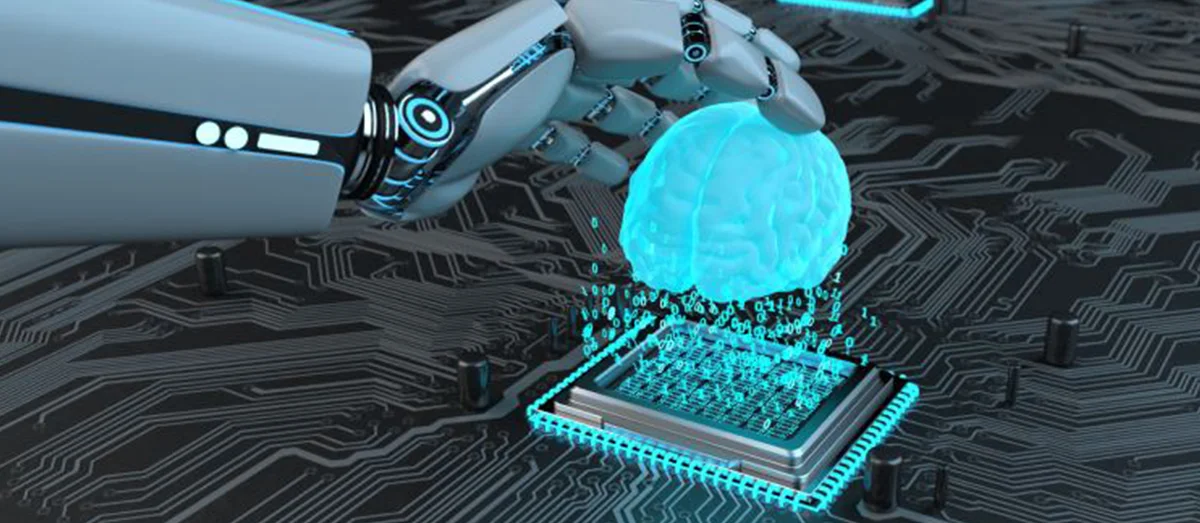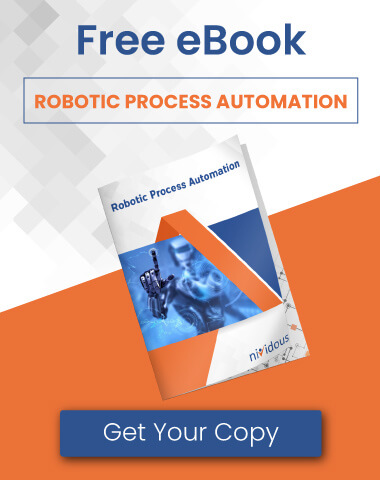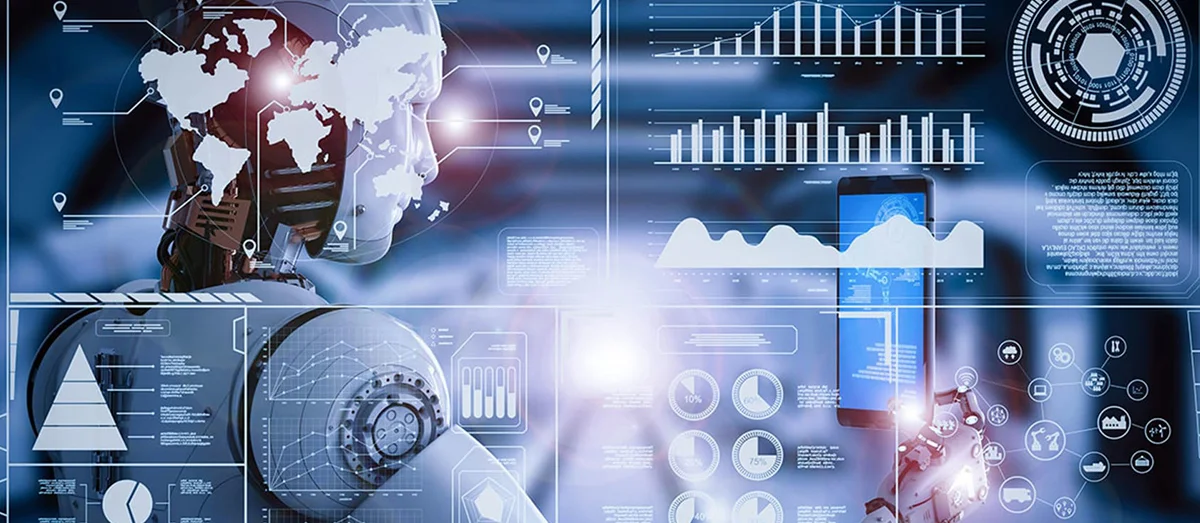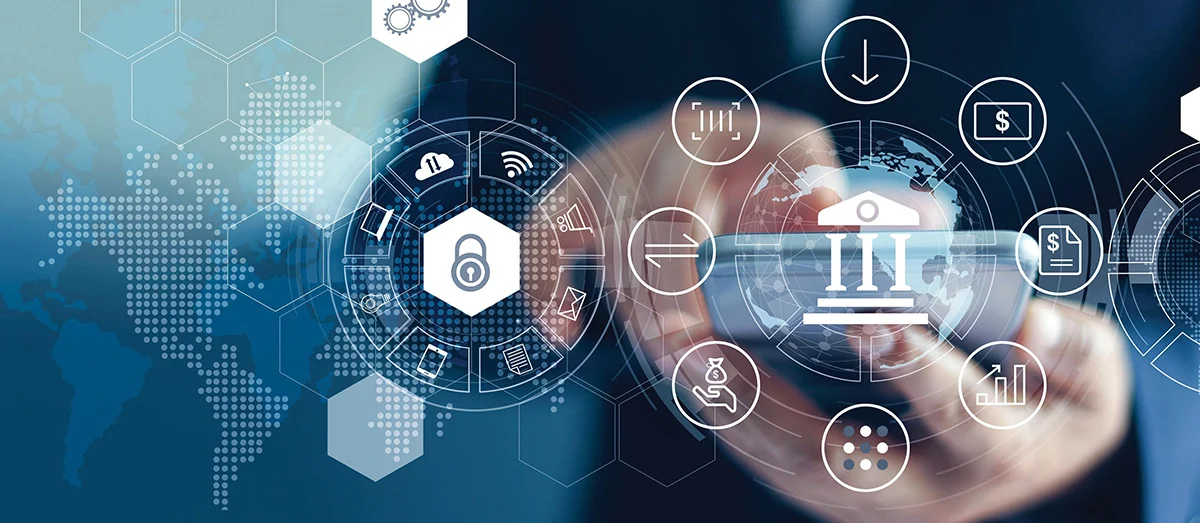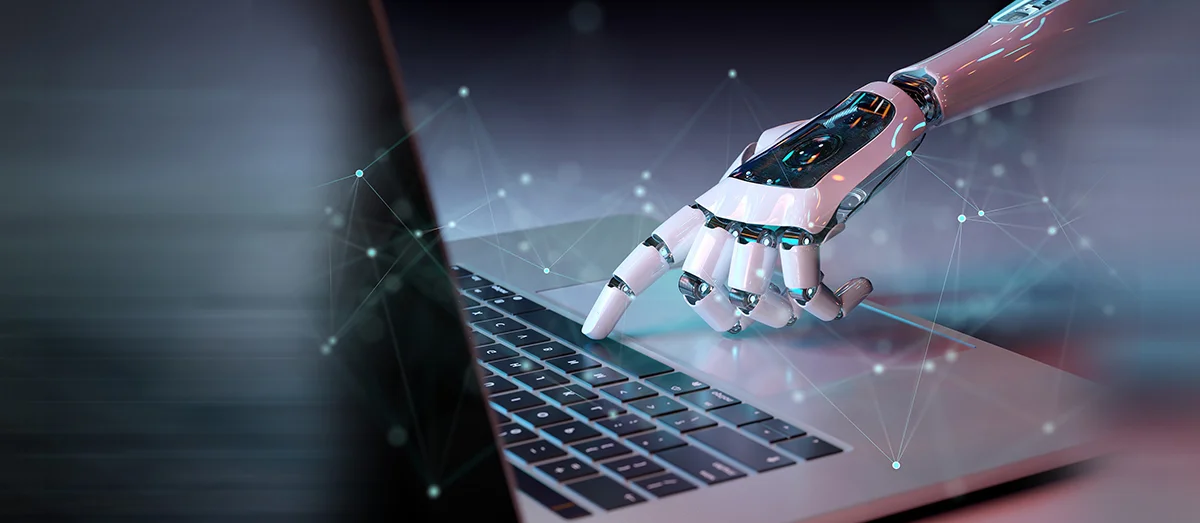Our old ways of working aren’t working. Digital automation technologies are changing the way we run our businesses, from total process management to everyday tasks like invoicing and payroll. A comprehensive program of automating workflows results in hyperautomation.
“Hyperautomation is a business-driven, disciplined approach that organizations use to rapidly identify, vet, and automate as many business and IT processes as possible,” according to Gartner ®. “Hyperautomation involves the orchestrated use of multiple technologies, tools or platforms, including:
- Artificial intelligence (AI)
- Machine learning
- Event-driven software architecture
- Robotic process automation (RPA)
- Business process management (BPM) and intelligent business process management suites (iBPMS)
- Integration platform as a service (iPaaS)
- Low-code/no-code tools
- Packaged software
- Other types of decision, process and task automation tools” [1]
The research firm named hyperautomation its top Strategic Technology Trend in 2020. Since then, Gartner has gone further. “Hyperautomation has shifted from an option to a condition of survival,” said Fabrizio Biscotti, the consulting group’s vice president of research, in 2021. “Organizations will require more IT and business process automation as they are forced to accelerate digital transformation plans in a post-COVID-19, digital-first world.” [1]
So how do you meet this challenge head-on? A range of advanced technologies come together to achieve hyperautomation, and Robotic Process Automation (RPA) is at the heart of this technology cluster. To understand hyperautomation, you must understand RPA; to understand RPA, you must understand RPA bots. So here’s a quick introduction to this increasingly essential technology: the RPA bot.
Want to learn more about RPA bots and hyperautomation?
Experience them for yourself with a free, personalized demo of the Nividous hyperautomation platform.
RPA Bots: A Definition
Our first question is simple: What is a “bot” in RPA? In other words, why is this form of process automation “robotic”? In computing, a robot or “bot” is a software program that performs repetitive tasks, typically online. A common example is a search engine spider or web crawler. Such a search bot only does one thing: Index web content for use in search engine results pages. It does this largely without human oversight, by necessity. After all, not even Google would be viable if its human staff had to keep track of the entire internet.
In the context of RPA, bots may be programmed (or, with machine learning, trained) to perform virtually any rules-based task. Bots may operate entirely on their own, or they may assist staff on demand; the former are unattended RPA bots while the latter are attended bots. Either way, the RPA bot’s tasks often involve moving data from documents into centralized systems, or from one system to another. This capability makes RPA bots powerful integration tools, and systems integration is the cornerstone of digital automation.
Without automation, companies must devote valuable staff hours to data entry and migration. With earlier automation technologies, systems could share relevant data only with costly original programming. Now that RPA bots are readily available, these integrations have become fast, affordable, and more robust than ever. Thanks to their unique characteristics, RPA bots automate tasks involving any type of software, from legacy and proprietary systems to the latest cloud-based platforms. Let’s take a look at the strategy that makes this possible.
How Bot Automation Differs From Other Approaches
Bots are pieces of software, but they’re not like other types of automation programs. Traditional digital automation operates on the back-end of enterprise software. Code scripts may instruct an invoicing system to send data to an ERP, for instance, or deliver email notifications when a task is completed. Someone has to write that code. Roll-out of these automations can take months or years, and the cost is beyond many corporate budgets. Alternatively, APIs can connect systems—but not every program you need to run your business has an API available, and creating these connections still requires significant IT resources.
RPA bots work differently. In fact, they work almost like people do. A trained RPA bot operates through the software user interface, just like us. They’re front-end operators; no original coding or APIs required. Let’s take a common business process as an example. Say your company receives invoices through email. Accounts Payable (AP) staff may spend hours finding those invoices, downloading them, and copying their data into an Enterprise Resource Planning (ERP) system.
An RPA bot would do the same task, faster and without pause, using the exact same digital ecosystem. The bot may perform each of these steps through software user interfaces:
- Open Outlook or another email program.
- Scan emails.
- Recognize emails with invoice attachments.
- Download those emails.
- Open the invoices.
- Read the important data values on the invoices.
- Open the ERP interface, either through a desktop application or on the web.
- Copy key data from invoices into appropriate fields within the ERP.
In the end, the RPA bot completes the entire invoice-entry process, without the risk of manual errors. That frees AP staff to focus on more complex and valuable tasks—and this is just one example of RPA in the accounts payable department.
As you may have noticed, however, not all of the steps outlined above are strictly “rules-based.” For instance, invoices may not be structured similarly, or at all. So how does a rules-based system like an RPA bot recognize the right data to transfer? This is where AI enters the picture.
Smart RPA Bots: Combining AI Computing With RPA
A traditional RPA bot is programmed to follow specific rules: If trigger X occurs, perform task Y. Connect an RPA bot to an AI platform, however, and it can complete much more complicated tasks. Nividous Smart Bots use a range of AI technologies to automate more processes, leading to more freedom for the people who make your business run. Smart Bot AI includes:
- Natural Language Processing (NLP). With this form of AI, RPA bots and connected systems can derive actionable data from natural language—raw human speech or writing. The use of NLP allows software to summarize text documents, extract key data from emails and voice messages, provide helpful responses through chatbots and virtual assistants, and more.
- Intelligent Document Processing (IDP). An IDP system uses technologies like Computer Vision (CV) and Optical Character Recognition (OCR) to identify and categorize key information, regardless of the source document’s layout. This is the AI that allows an RPA bot like the one in our earlier example to work with invoices of all types. Like NLP, IDP functions by translating unstructured data into structured forms that software can work with. It allows RPA bots to automate end-to-end workflows from loan applications to customer onboarding to processing invoices and purchase orders.
- Predictive Analytics. Artificial intelligence excels at recognizing patterns in gigantic datasets. That allows these systems to make surprisingly accurate predictions based on historical data—data your company probably has on file. With AI-driven predictive analytics, RPA bots can auto-generate reports that help leaders make smart decisions. They also provide confidence scores that help users decide when to escalate the reporting to human staff.
- Machine Learning (ML). Machine learning involves software algorithms that improve through experience; the term is literal. Use of ML improves all of the above types of AI, and more. Smart RPA Bots from Nividous include a feedback loop function. When you make corrections, the bot learns from them, improving operation continually.
By combining AI with RPA bots, Nividous creates a more flexible and powerful way for machines to perform tasks once available only to humans: They pave the way for hyperautomation and a tremendously efficient digital future of work. What does that look like in practice? An automotive company used Nividous Smart Bots to fully automate sales bonuses for their staff, reducing errors by 80% and manual work by 90%. The automation cut turnaround time for this process nearly in half. Meanwhile, AI-powered RPA bots from Nividous automated customer onboarding for a top insurance company. This smart RPA implementation improved data accuracy by over 90% and reduced full-time equivalent staff-hour demands by 60%. For more real-world examples of intelligent RPA, browse our selection of case studies.
Start Automating With RPA Bots From Nividous
The Nividous platform is a comprehensive hyperautomation solution, combining RPA, AI, and Business Process Management (BPM) systems to scale digital transformation across the whole operation—but total digital transformation may begin with a single RPA bot.
The Nividous team will help you identify a high-value process, train a bot on the Nividous platform, and start automating core business processes—and earn a quick, provable RoI. The Nividous Quick Start program guarantees the roll-out of a customized RPA bot in just three to four weeks. Contact us to try it today.
[1] Gartner IT Glossary,”Hyperautomation,” 19 October 2021. [https://www.gartner.com/en/information-technology/glossary/hyperautomation].
[2] Gartner Press Release, “Gartner Forecasts Worldwide Hyperautomation-Enabling Software Market to Reach Nearly $600 Billion by 2022”, 28 April 2021 [https://www.gartner.com/en/newsroom/press-releases/2021-04-28-gartner-forecasts-worldwide-hyperautomation-enabling-software-market-to-reach-nearly-600-billion-by-2022]
GARTNER is a registered trademark and service mark of Gartner, Inc. and/or its affiliates in the U.S. and internationally and is used herein with permission

